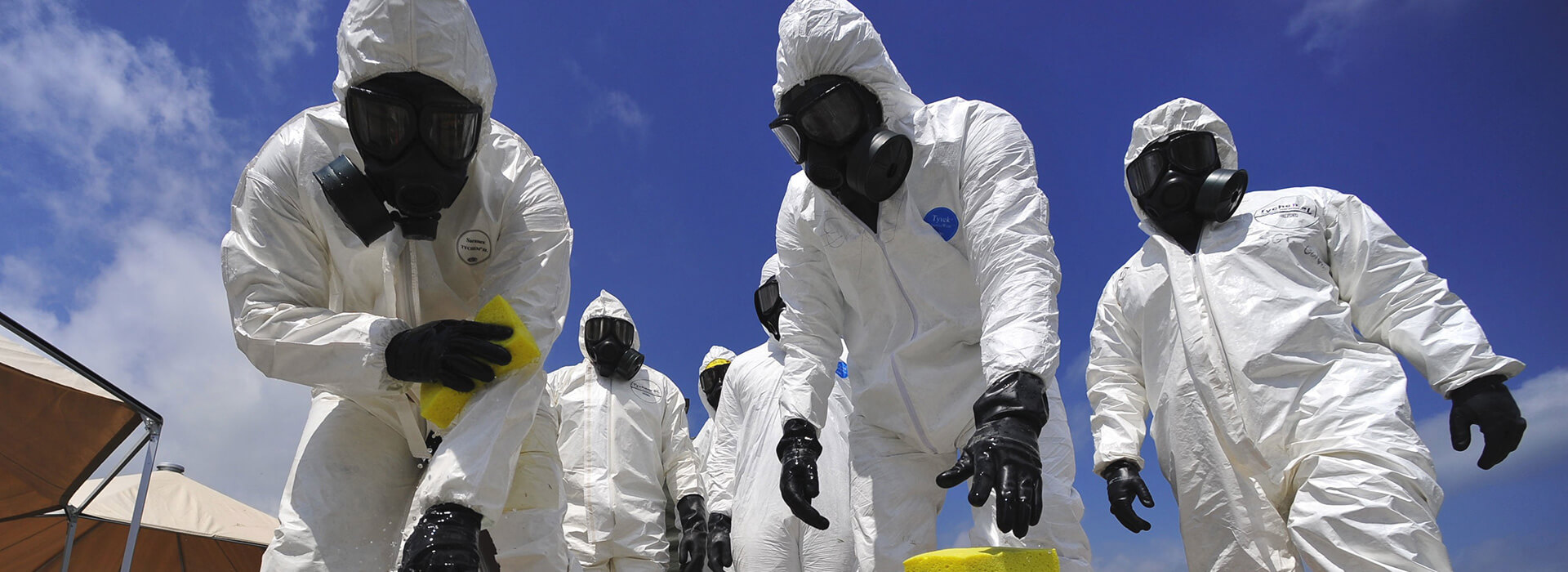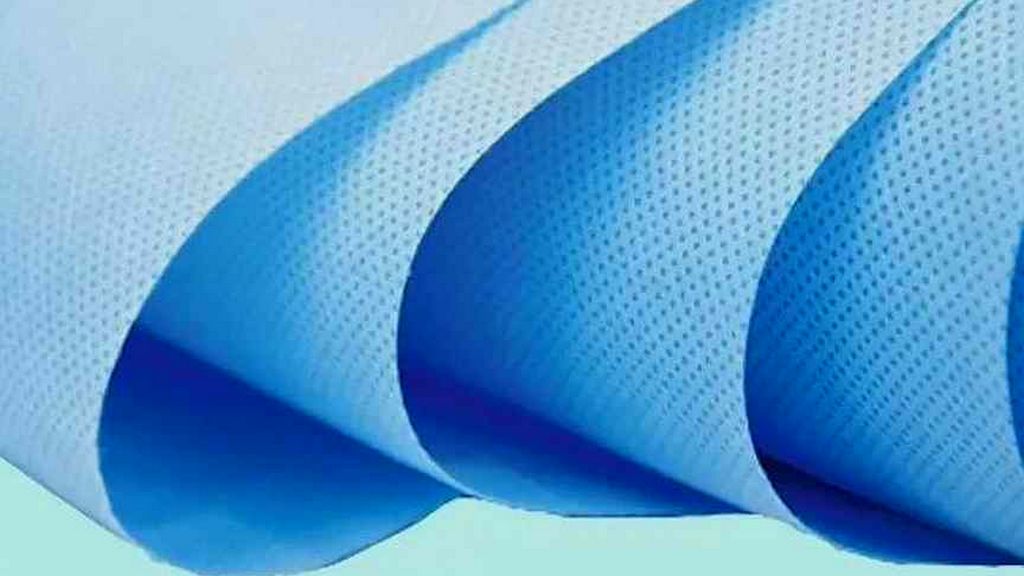

Meltblown fabric is also defined as meltblown fabric with a special technique. Meltblown fabric is a kind of fiber nonwoven material produced by the meltblowing process. Its raw material is completely (100 percent) polypropylene. With a fiber diameter in the range of 0,5 to 2 nanomicrons, this material had special electrostatic, high efficiency and low resistance properties. Meltblown fabrics with long storage possibilities are effective in effectively filtering and removing microorganisms, viruses and excessive dust.

The most important feature in the production of Meltblown fabrics is electret treatment. Fabric materials that are melt-blown by electret treatment have a very strong filtering effect on viruses, bacteria and particulate matter in the air.
Meltblown fabric performance tests are based on the European standard EN 149: EN 149 Respiratory protective devices - Filtered half masks for protection against particles - Requirements, tests, marking. The said standard describes the minimum requirements for filtering half masks as respiratory protective devices to protect against particles other than escape purposes. In this context, the filtering properties of meltdown fabrics, which are a strong nonwoven fabric, are also tested.
Face masks produced using Meltblown fabrics are:
PFE99 masks are protective face masks with particle filtration efficiency of at least 99 percent. The filtration efficiency of KN90 respirators is at least 90 percent, the filtration efficiency of KN95 respirators is at least 95 percent, and these two protective face masks must meet Chinese standards. N95 and N99 respirators are the masks that fall under the air filtering classification developed by the American National Institute for Occupational Safety and Health (NIOSH), and these respirators are capable of filtering at least 90 and 95 of inhaled air particles respectively. Europe of this classification The version used in their countries is FFP1, FFP2 and FFP3 (FFP is derived from the expression filtering facepiece, which means filtered facepiece). When used under appropriate conditions, FFP1 filters reduce the contamination risk 4 times, FFP2 filters 10 times and FFP3 filters 20 times.
Our organization provides fabric performance testing services within the scope of meltblown fabric testing services to demanding healthcare organizations and manufacturing companies within the framework of national and international standards, with a trained and expert staff and advanced technological equipment, among numerous testing, measurement, analysis and evaluation studies.
To get an appointment, to get more detailed information or to request an evaluation, you can ask us to fill in our form and reach you.